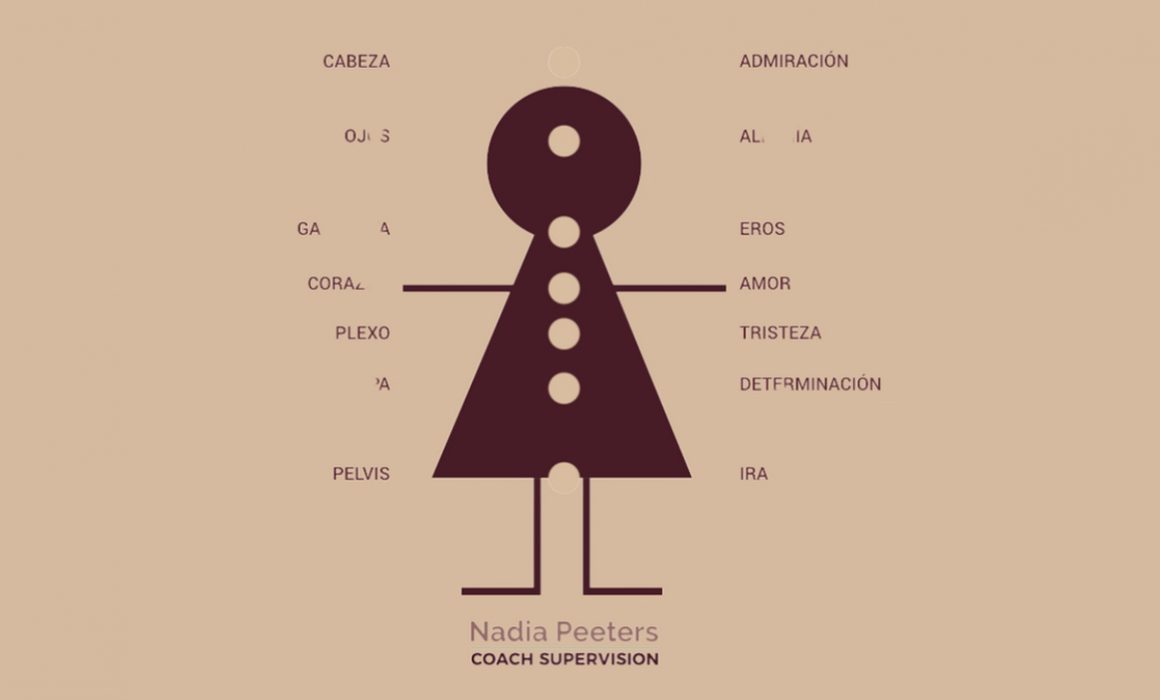Self Coaching: reinforcing intention with Manfred Clynes' seven emotional tones
The beginning of the year is usually an opportunity to reconnect with our dreams and projects, after taking stock of the previous year. We take advantage of the symbolism of the dates to feel more entitled to set the stopwatch to zero and start again, or give an important push to those initiatives that have been left with less attention than they deserved. We do a bit of self-coaching. In this process personal values and qualities come into play - "I want to prioritize this that contributes to greater well-being and development, mine and those around me, and therefore I am going to commit myself, bring out my determination, my generosity, my creativity, my empathy, my strength, my ability to connect, etc...". Motivating forces that can drive us in a powerful way, but that nevertheless move mostly on the rational plane.
How could we give more strength to our intention?
How do I tuck it in with the energy my resolution for the year will require in the face of day-to-day challenges and distractions?
In this post I want to share the concept of emotional tones, developed by Manfred Clynes. Called "sentic states" in English, these are seven basic energies or emotional tones that we humans around the world transmit when we relate to others, especially when speaking and with gestures, and that are understood regardless of whether or not we understand the language or culture of our interlocutor. They are identified with seven points of the body that provide the different intentions with which the same message can be transmitted.
- Ira
Located in the pelvis, the "Anger" tone has everything to do with setting boundaries and marking territory. Its intention is to create order out of chaos, to take control and impose what must be done. An example is the police in an emergency situation, or a teacher who wants to regain control of a noisy classroom. This is not to be confused with an "anger attack," and it is not necessary to be angry to use this tone. It is about harnessing the energy of this emotional tone to communicate with the body and voice.
- Determination
From the gut, the "Determination", also identified as "Hate", is an energy that allows to finish or terminate, with full intention and without any doubt, for example in a dismissal. It is also an energy that mobilizes and that is capable of breaking through: giving birth, or leading a very ambitious project in the company, are other situations that require this tone.
- Sadness
The plexus is the place where the emotional tone of "Sadness" resides - in fact it is where we put our hand when faced with sad news or when we feel compassion for someone. It is a tone that invites sharing, that slows down and welcomes, for example when we ask "How are you?" to a friend who has recently lost a loved one.
- Love
It will come as no surprise that the tone of love is located in the heart. The intention of this emotional tone is to create a space of coziness and warmth, where people immediately feel welcome and can connect with each other. An example are some priests, or these special hosts, who with their "Welcome!" already make you feel at home.
- Eros
The throat is the place from where sensuality or eros is transmitted, and its intention is to create an image that involves all the senses. Someone who explains in full color how it was that journey, with its colors, flavors, smells and sensations, that transports us there. This is the tone that leaders use to inspire their team with the vision of what they want to achieve, because it manages to mobilize people through seduction.
- Joy
Joy is expressed from the eyes, with the intention of celebrating something with great enthusiasm. It is an explosive energy, appreciative and felt inside, for example the fans when their soccer team scores a goal, or a mother when her child takes its first steps.
- Admiration
The intention conveyed from the head is one of awe and deep appreciation, with a point of solemnity, at something grand - a sunset, an applause, a thank you, an unexpected gift. Corporally, it is expressed by bowing the head somewhat, for example "Namaste".
We all have some tones that are more dominant and others that we do not "visit" as often. These are personal preferences but also cultural, because also countries have their predominant emotional tone. What would be for example the tone of Ireland, or that of Spain?"
The body is the tool that helps us to become aware of the emotional tone from which we are speaking, and by verifying its impact, we can choose other more appropriate tones.
To apply the seven emotional tones to our intentions for 2018 and reinforce them, I invite you to ask yourself the following questions:
- What are your favorite emotional tones, where you feel very comfortable?
- When you talk about your project for 2018, from what emotional tone do you do it?
- What emotional tones do you struggle to be in?
- What tone would help you drive your intention?
Contact me if you want to know more about my Coaching, Coach Supervision and Coach Mentoring services, and subscribe to the newsletter to receive periodic information.
UPCOMING WORKSHOPS FOR COACHES
New groups are open for the Mentor Coaching Group Online Workshop are now open, to develop your coaching and prepare for the ICF exam.
I have also launched a Supervision Group to work on real cases of the participants' practice.



